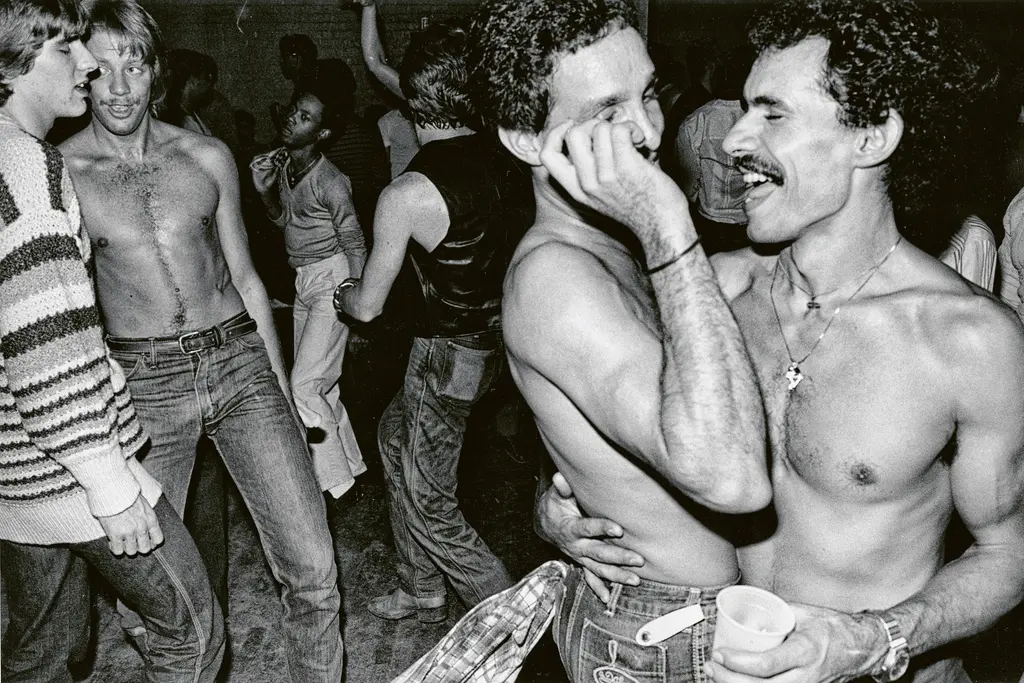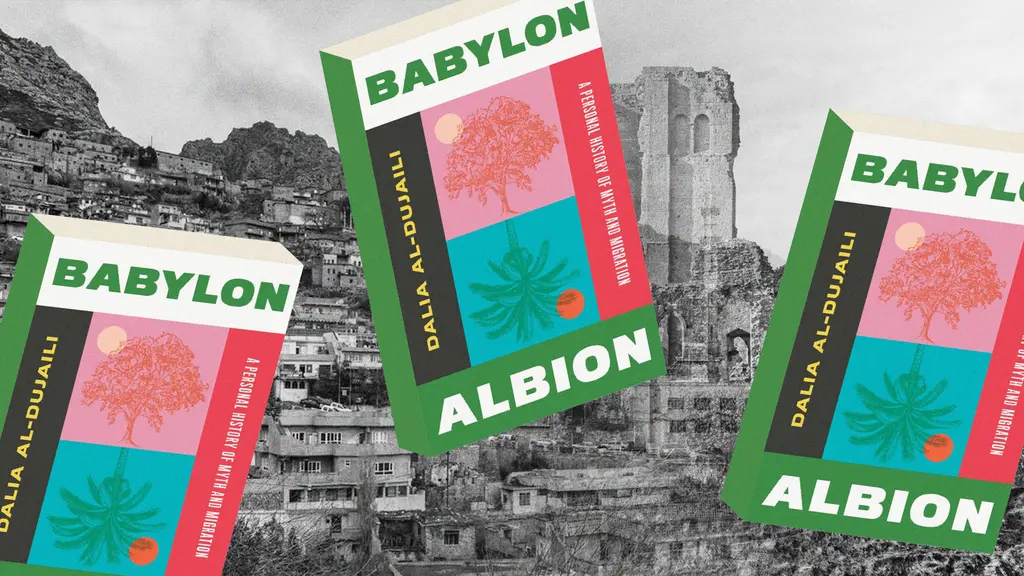Shepard Fairey, Swoon and other top street artists reimagine the city
- Text by George Kafka
- Photography by See captions

Conventional maps seek to rationalise, define and control our metropolises. Through maps we see our streets as uniform, inert and impersonal. But our lived experiences of urban spaces couldn’t be more different— when was the last time your city looked the same hour to hour, let alone week to week? Of course, these maps do serve a purpose, helping us get from A to B. They are efficient and functional and they expect our streets to behave in the same way.
It is precisely this attitude to urban space that Rafael Schacter, creative director of Approved by Pablo, hopes to challenge with Mapping the City, which opened recently at Somerset House under his curation. The show brings together fifty different works of art, the large majority of them especially commissioned, from a global cacophony of street and graffiti artists. But this is not an exhibition of street art. “This isn’t graffiti art, this isn’t street art, it’s something that as yet hasn’t really got a name apart from just art,” Rafael explains. “The important thing that we’re presenting here is work by street artists or by graffiti artists.”
You might like

Capturing life in the shadows of Canada’s largest oil refinery
The Cloud Factory — Growing up on the fringes of Saint John, New Brunswick, the Irving Oil Refinery was ever present for photographer Chris Donovan. His new photobook explores its lingering impacts on the city’s landscape and people.
Written by: Miss Rosen

Susan Meiselas captured Nicaragua’s revolution in stark, powerful detail
Nicaragua: June 1978-1979 — With a new edition of her seminal photobook, the Magnum photographer reflects on her role in shaping the resistance’s visual language, and the state of US-Nicaraguan relations nearly five decades later.
Written by: Miss Rosen

A visual trip through 100 years of New York’s LGBTQ+ spaces
Queer Happened Here — A new book from historian and writer Marc Zinaman maps scores of Manhattan’s queer venues and informal meeting places, documenting the city’s long LGBTQ+ history in the process.
Written by: Isaac Muk

Nostalgic photos of everyday life in ’70s San Francisco
A Fearless Eye — Having moved to the Bay Area in 1969, Barbara Ramos spent days wandering its streets, photographing its landscape and characters. In the process she captured a city in flux, as its burgeoning countercultural youth movement crossed with longtime residents.
Written by: Miss Rosen

In photos: 14 years of artist Love Bailey’s life and transition
Dancing on the Fault Line — Photographer Nick Haymes’s new book explores a decade-plus friendship with the Californian artist and activist, drawing intimate scenes from thousands of pictures.
Written by: Miss Rosen

Dalia Al-Dujaili: “When you’re placeless, nature can fill the void”
Babylon, Albion — As her new book publishes, the British-Iraqi author speaks about connecting with the land as a second-generation migrant, plants as symbols of resistance, and being proud of her parents.
Written by: Zahra Onsori
![Chu [Julian Pablo Manzanelli] - Buenos Aires, 2012](https://www.tcocdn.com/wp-content/uploads/2015/01/Chu-Mapping-the-City-Huck-631x471.jpg)

